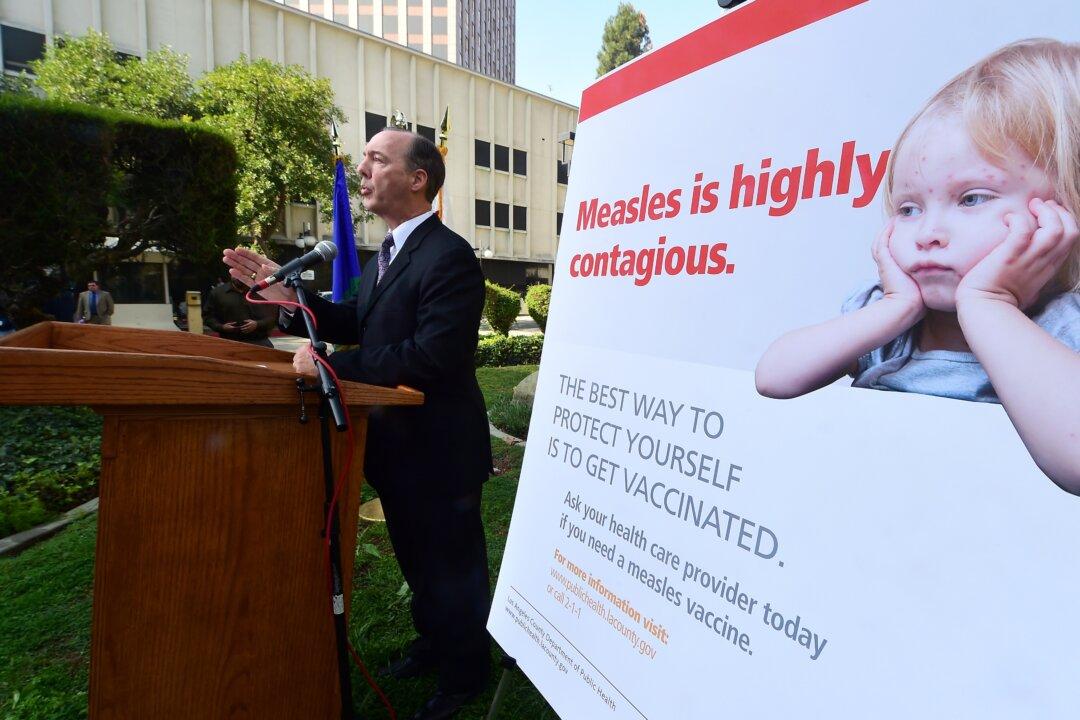When I was an infant, I had whooping cough and was ill for three months. I don’t remember it, of course, but I know it was very distressing for my parents. I do remember later trips with my researcher father to his laboratory where he worked on a vaccine for polio and to hospitals where infected children my own age were on iron lungs. That was very distressing.
I mention this because today people don’t see such diseases. They aren’t frightened about whooping cough or polio. In contrast, 100 percent of parents in Western Australia had their children vaccinated against polio when the vaccine was made available in 1956. Why? They were scared of their kids getting polio, a terrible disease as reflected in its other name, infantile paralysis.
Because today’s parents don’t have first-hand experience with dangerous infectious diseases, they can be misled by myths about the supposed dangers of childhood vaccination: For instance, whooping cough vaccine causes brain damage; the measles, mumps, and rubella (MMR) vaccine causes autism; and vaccination causes cot death or sudden infant death syndrome (SIDS).
